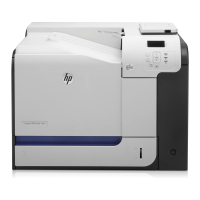8 Example of a System
Management Program
107365 Tandem Computers Incorporated 8–1
The use of TACL for system management purposes combines several tasks:
Starting, stopping, and monitoring processes
Communicating with processes
Acting on responses
Generating commands
Handling errors and other exceptions
This section contains an example of a system management program that checks the
status of several system elements.
Monitoring System
Operation
The macro in Figure 8-1, ckup, illustrates one way to check the status of the following
system elements:
CPUs
Disk space
The spooler
TMF
Device problems: bad sectors and other device errors
The macro, ckup, uses #CHARxxx routines to retrieve information. To run this
macro, load the associated file and enter:
ckup
Portions of ckup require a version of TACL released at C20 or later. In addition, your
TACL process must be named.
The macro runs as a batch file; you start it and it runs through several tests, displaying
results. Rather than placing defines at the start of the program, the program defines
procedural variables near the code that calls them.
Other ways to structure system management programs include:
A menu interface, providing selections for various subsystems.
An interactive interface that asks questions and performs more detailed checking,
depending on your responses.
The use of SPI and EMS facilities, as described in Section 7, “Using Programmatic
Interfaces.”

